| Plant Habit: | Shrub Tree |
| Life cycle: | Perennial |
| Sun Requirements: | Full Sun Full Sun to Partial Shade |
| Water Preferences: | Mesic |
| Soil pH Preferences: | Slightly acid (6.1 – 6.5) Neutral (6.6 – 7.3) Slightly alkaline (7.4 – 7.8) |
| Minimum cold hardiness: | Zone 2 -45.6 °C (-50 °F) to -42.8 °C (-45°F) |
| Maximum recommended zone: | Zone 6b |
| Plant Height: | 15-30 feet |
| Leaves: | Good fall color Deciduous |
| Fruit: | Edible to birds |
| Fruiting Time: | Late summer or early fall |
| Flowers: | Showy Fragrant |
| Flower Color: | White |
| Bloom Size: | Under 1" |
| Flower Time: | Spring |
| Uses: | Flowering Tree Medicinal Herb |
| Edible Parts: | Fruit |
| Eating Methods: | Cooked |
| Wildlife Attractant: | Bees Birds |
| Propagation: Other methods: | Offsets |
| Pollinators: | Hoverflies Bees |
| Miscellaneous: | Monoecious |

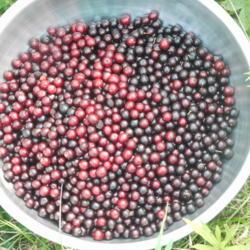

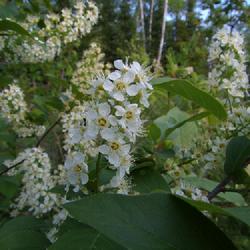
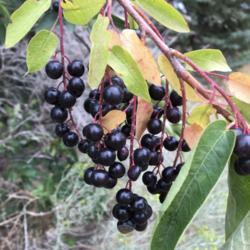
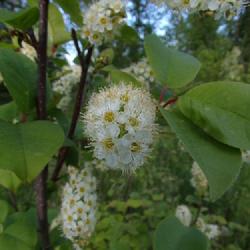
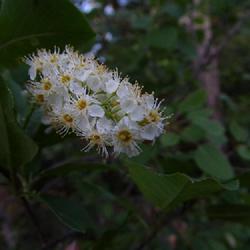

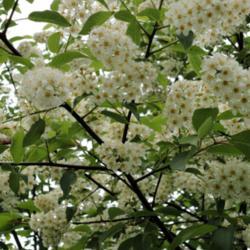
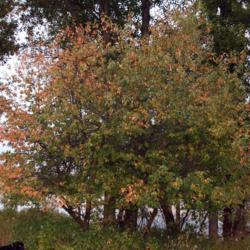
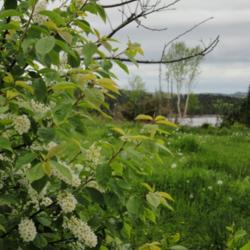
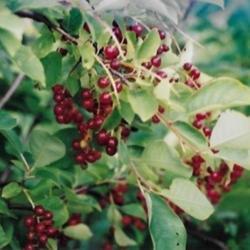
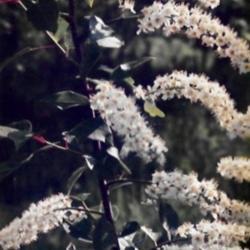
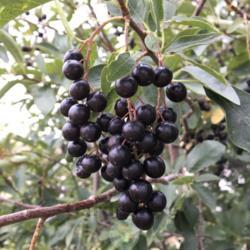
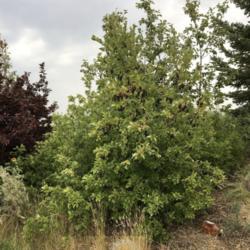
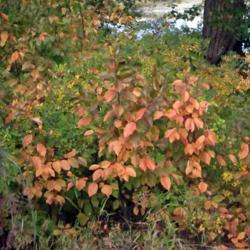
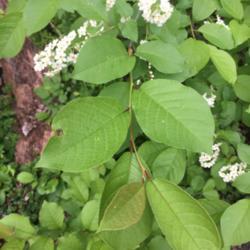
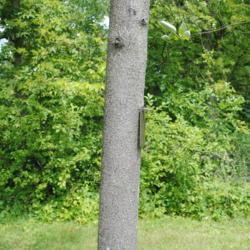
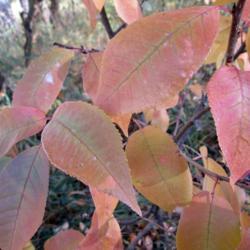
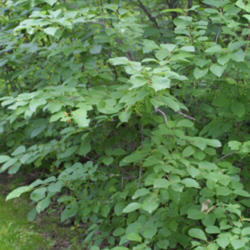
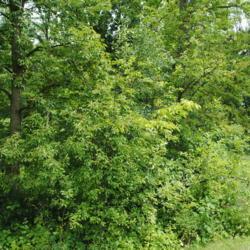
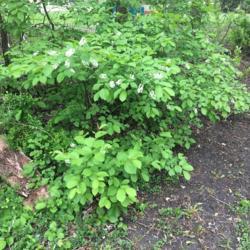
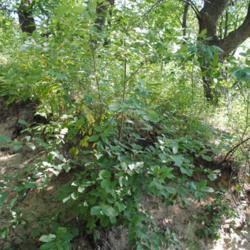
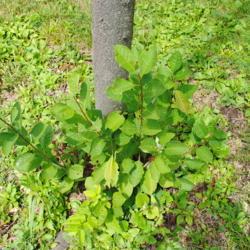
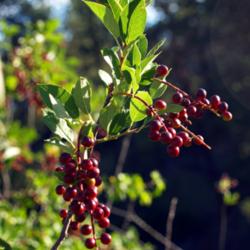
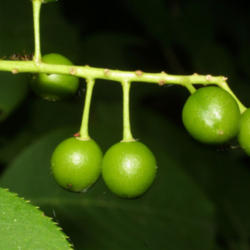
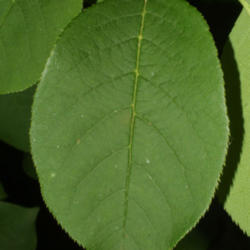

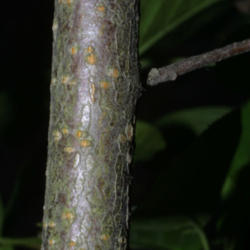
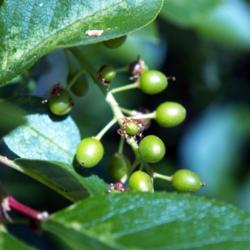
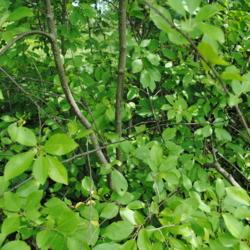

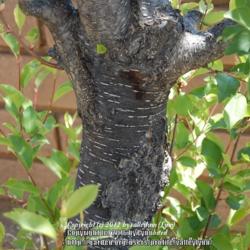
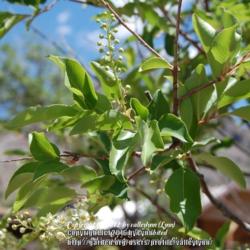

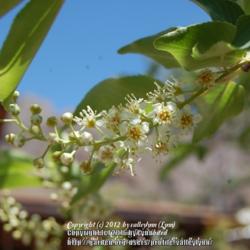


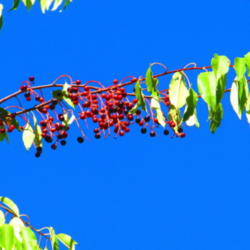
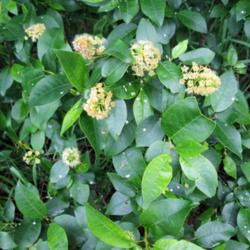
| CharleyRed | On June 1, 2020 | Obtained plant on property |